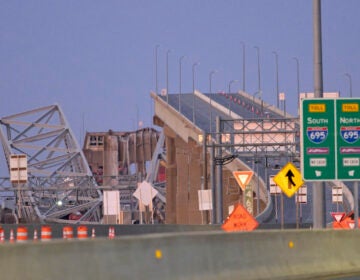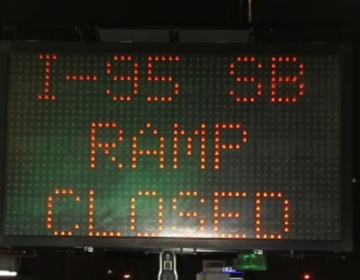Pittsburgh’s fledgling program
Jan. 14
By Kellie Patrick Gates
For PlanPhilly
Those who maintain a trail system along Pittsburgh’s three rivers started thinking about loaning bicycles to trail users about five years ago.
But “the financial piece is expensive” said Friends of the Riverfront Program Director Thomas Baxter. So it took the help of the Coca-Cola Co. to create the Three Rivers Heritage Trail Community Bike Program, which started about two years ago.
Coca-Cola – specifically, its Dasani bottled water brand – is the program’s corporate sponsor, Baxter said. “Their idea was to get their brand out there and associated with the outdoors, fitness and health,” Baxter said.
Start up for the small system of 30 bikes was $80,000, including bike lockers and the electronic system which unlocks the bikes and records the user’s identity. Annually, the system costs about $2,000, but that is supplemented by volunteers and donations from businesses.
It costs riders nothing to use a bike on the Trail’s 21 miles, which run along the Allegheny, Monongahela and Ohio rivers past natural wonders, historic sites, restaurants and bike shops. It takes just minutes to sign up for the program.
The ability to use a bicycle “adds a dimension of accessibility that wasn’t there before,” said Baxter. “People of all ages come out and explore the trail, which is something they were not (all) able to do” before.
The system is meant for recreation, not transportation. Bikes are to be kept on the trail or on the city streets adjacent to it, and are to be returned to one of two bike stations before dark.
Pittsburgh’s program has proven to be a stepping-stone for new bicyclists, Baxter said. “They use the bike program, like it, and go to one of the bike shops and buy a bike,” he said. In fact, bike shops donate the cost of repairs to the program’s fleet, Baxter said, knowing that in addition to the good deed, they are wooing potential clients.
Theft has not been much of an issue. Three bikes have gone missing in two years, and eventually, they were returned, Baxter said.
In addition to the secure lockers, the bikes’ looks help keep them safe. Any that were out of place would be recognized immediately, Baxter said, because they are “made for cruising, with big seats, big wheels and fenders, and they are all blue.”
Last year, 1,100 people used the bikes, Baxter said. “Sometimes when we pull the information, we will find a particular bike has been out four or five times that day,” he said.
WHYY is your source for fact-based, in-depth journalism and information. As a nonprofit organization, we rely on financial support from readers like you. Please give today.






